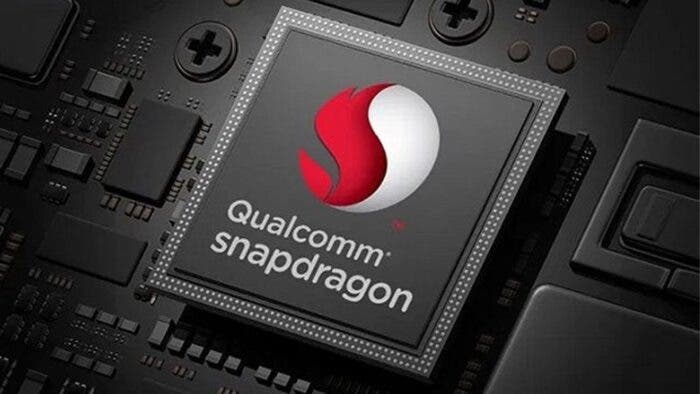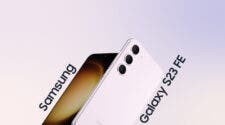Soon flagships with Snapdragon 8 Gen 1 onboard will appear on the market, and everyone will begin to find out what level of performance the new chip from Qualcomm demonstrates. Moreover, the chip maker itself declares an increase in power and promises that even the most difficult games will run smoothly. PCMag reporters took up the power of the Snapdragon 8 Gen 1; and compared it with other chips on the market.
According to the results of tests, they came to the conclusion that the new chipset is indeed better than its predecessor, but still loses to the latest processors from Apple. The tests themselves were carried out on a prototype, which was exhibited by the chipmaker at the exhibition booth of the Snapdragon Summit event. The prototype received a 144 Hz FullHD + display, 8 GB of LPDDR5 RAM and 512 GB of UFS 3.1 storage memory.

Tests have shown that in terms of processor performance, the Snapdragon 8 Gen 1 performs at the level of the Apple A14 Bionic; which is installed in the iPhone 12 and is inferior to the Apple A15 Bionic. Compared to its predecessor, the new platform demonstrates an increase of about 15%; but not the 20% declared by the chip maker.

Snapdragon 8 Gen 1 compared to Apple A14 Bionic and Apple A15 Bionic
In the Basemark Web browser, the reference phone performed better than its predecessor; but it is far from the iPhone 13 in terms of performance. But where Qualcomm’s flagship chips are always good at is the graphics power. Snapdragon 8 Gen 1 is no exception; and according to the results of the GFXBench 5 test, the new Adreno video accelerator is out of competition. It confidently outperforms all competitors, including the Apple A15 Bionic.

The new chip from Qualcomm also looks worthy in PCMark Work 3.0; which demonstrates that this time the chipmaker has shifted its priorities from pure performance to working with applications. At the same time, testers note that the prototype with Snapdragon 8 Gen 1 was not optimized and buggy; the smartphone crashed several times. Therefore, it is too early to draw final conclusions; but many agree that in the pursuit of performance Qualcomm again gave an example about the fact that the chipset generates a lot of heat and overheats.
That doesn’t mean the Snapdragon 8 Gen 1 will be bad. I saw last week how it enables new applications based on things like its modem, AI, and camera systems. It does show Qualcomm’s tough position in basic computing right now; though, and its relatively weak position trying to counter Apple’s M1 chips in a PC transition to ARM.
The reference device was also buggy and un-optimized (the Android multitasking button frequently didn’t work, and Basemark Web crashed several times.) Hopefully, we’ll see better performance from finished products like the Samsung Galaxy S22 and OnePlus 10.





